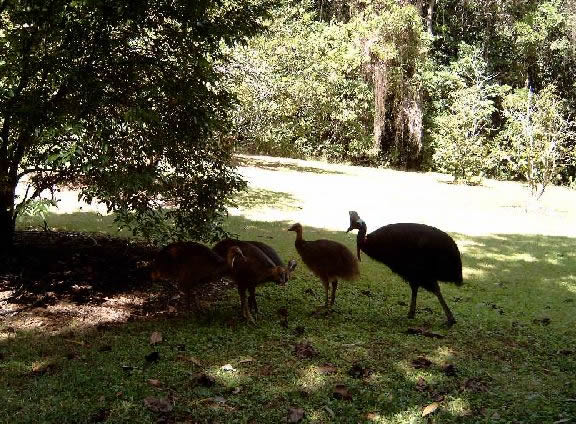
Many Australians have never seen a cassowary. A stay at Yamacutta is almost certain to put you ahead of the crowd! Some days, we have 5 or 6 birds passing through the garden, often close to the house and pool. Once in the rainforest they are harder to spot, despite their bright blue and red colouring.
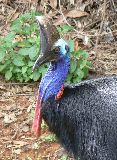
The extraordinary Southern Cassowary is an endagered species with estimates of around only 1500 remaining. It is normally a solitary bird.
It lives for up to 50 years and weighs 60 or 70 Kg..
The male incubates the eggs and rears the chicks until they are about a year old. A cassowary egg weighs over 500gms.
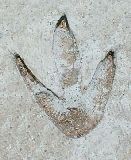 The 3 horny toes on its strong legs The 3 horny toes on its strong legs
leave unmistakeable tracks.
The sharp nails on its inner toes
can easily rip flesh .
36 % of Australia's mammal species can be found in the Wet Tropics region...
also 50% of the birds
23% of the reptiles
27% of the frogs
37% of the freshwater fish
60% of the butterfly species
65% of the ferns
21% of the cycad species
37% of the conifer species
30% of the orchid species ...and the richest insect fauna of any area of the country.
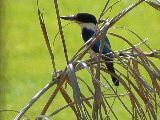 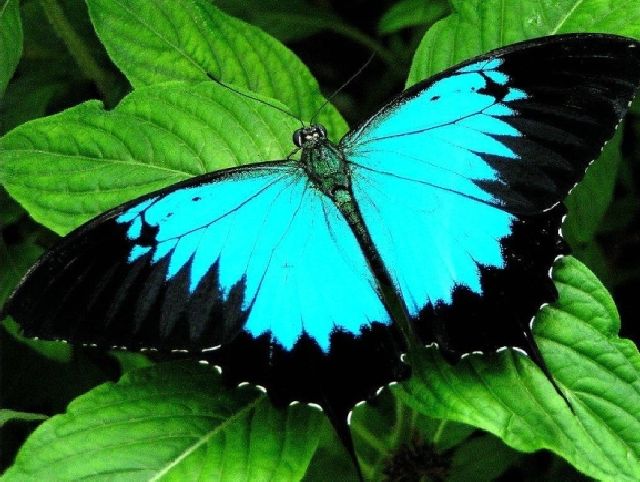 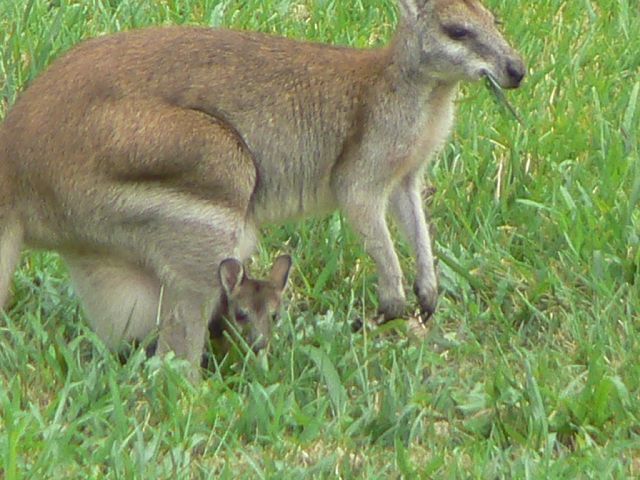 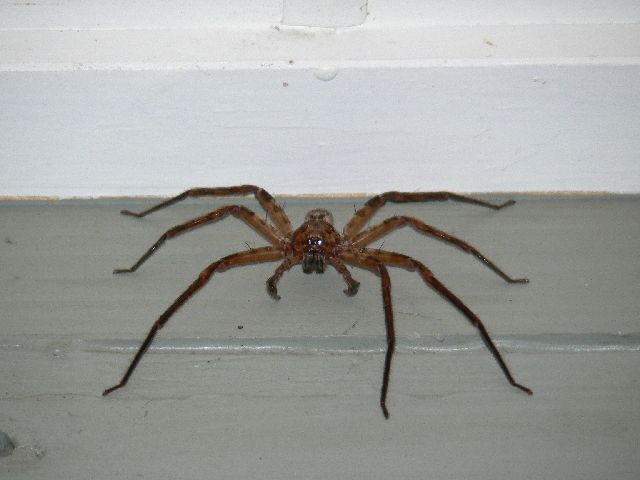 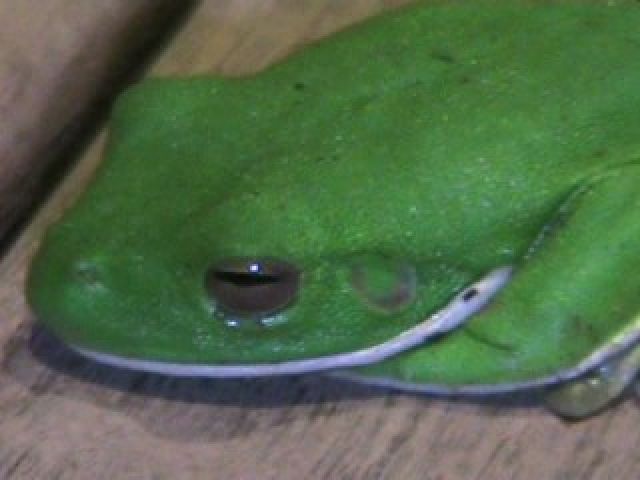 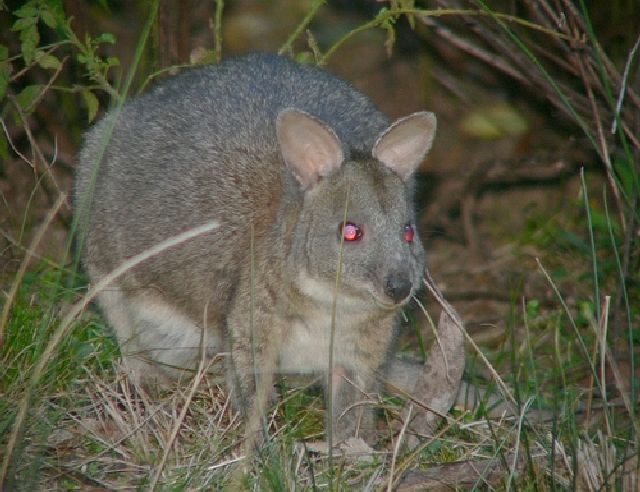 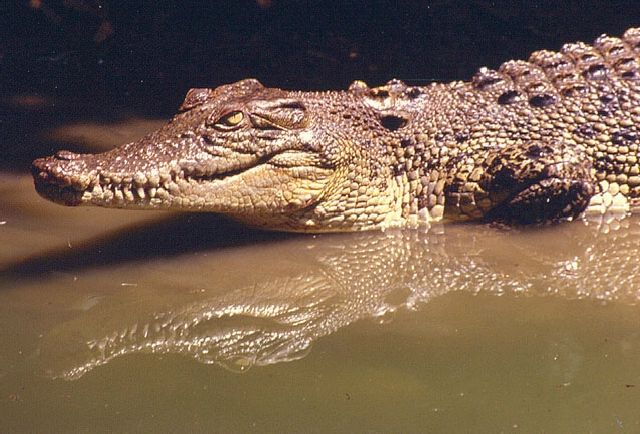
Wallabies are quiet fairly shy creatures and constant grazers. They are fascinating to watch from YAMACUTTA verandah - which makes a natural "hide"on your doorstep.
2nd from right is a Pademelon(or rainforest kangaroo). You can often see groups of these at night crossing your car lights as you drive up through the clearing.
The spider is a brown Huntsman. They hunt alone, have no web and are fast runners. Despite their large size, they are not considered a threat to humans. Other interesting spiders include the Jumping spider with an articulated head - its head & eyes will follow your finger back and forth; also the St. Andrews Cross spider which sits in its web with legs held in an X shape, often aligned with matching X filaments of its web. The Golden Orb Weaver has a body only a couple of millimetres across but its legs enlarge it to up to hand-span size. It weaves an amazing web sometimes several metres across.
Crocodiles inhabit estuaries & creeks throughout northern Australia. ( relax! - not found at Yamacutta, although we can arrange a croc-spotting outing on the nearby river. )
Feral Pigs have become part of the rainforest landscape ~ attempts to control them have largely failed. They compete with other rainforest fauna for scarce food, eating large quantities of native trees and animals.
Frogs of many shapes and sizes abound, but are usually "heard and not seen" ~ an incredible chorus at night, especially just after rain.
The Amethistine Python is Australia's largest snake. Usually growing to a staggering 3 or 5 metres, and up to a recorded 8.5 metres, this beautiful snake is not venomous. It has a mauve/purle sheen, hence the name. It seizes its prey with gaping jaws & then constricts to suffocate. It hunts at night using heat-seeking glands in its mouth, targetting ground birds, fruit bats & small mammals. It is not regarded as dangerous to humans whom it will usually go out of its way to avoid. We occasionally see these at YAMACUTTA.
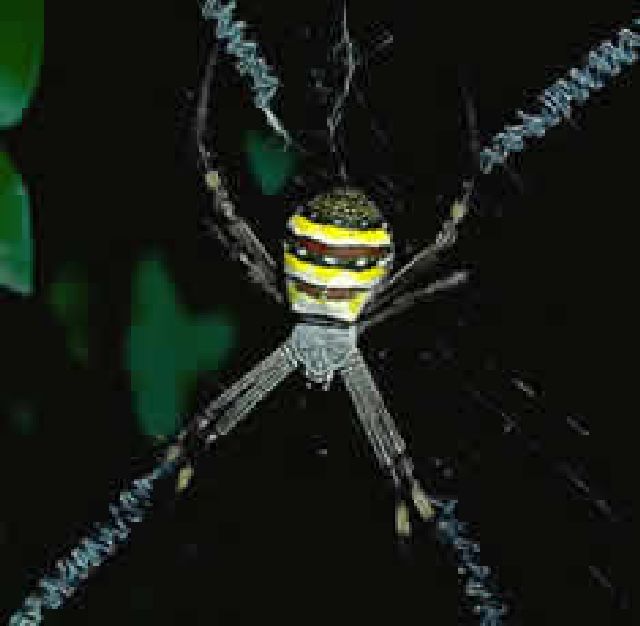
Click here to recommend this site to a friend
|